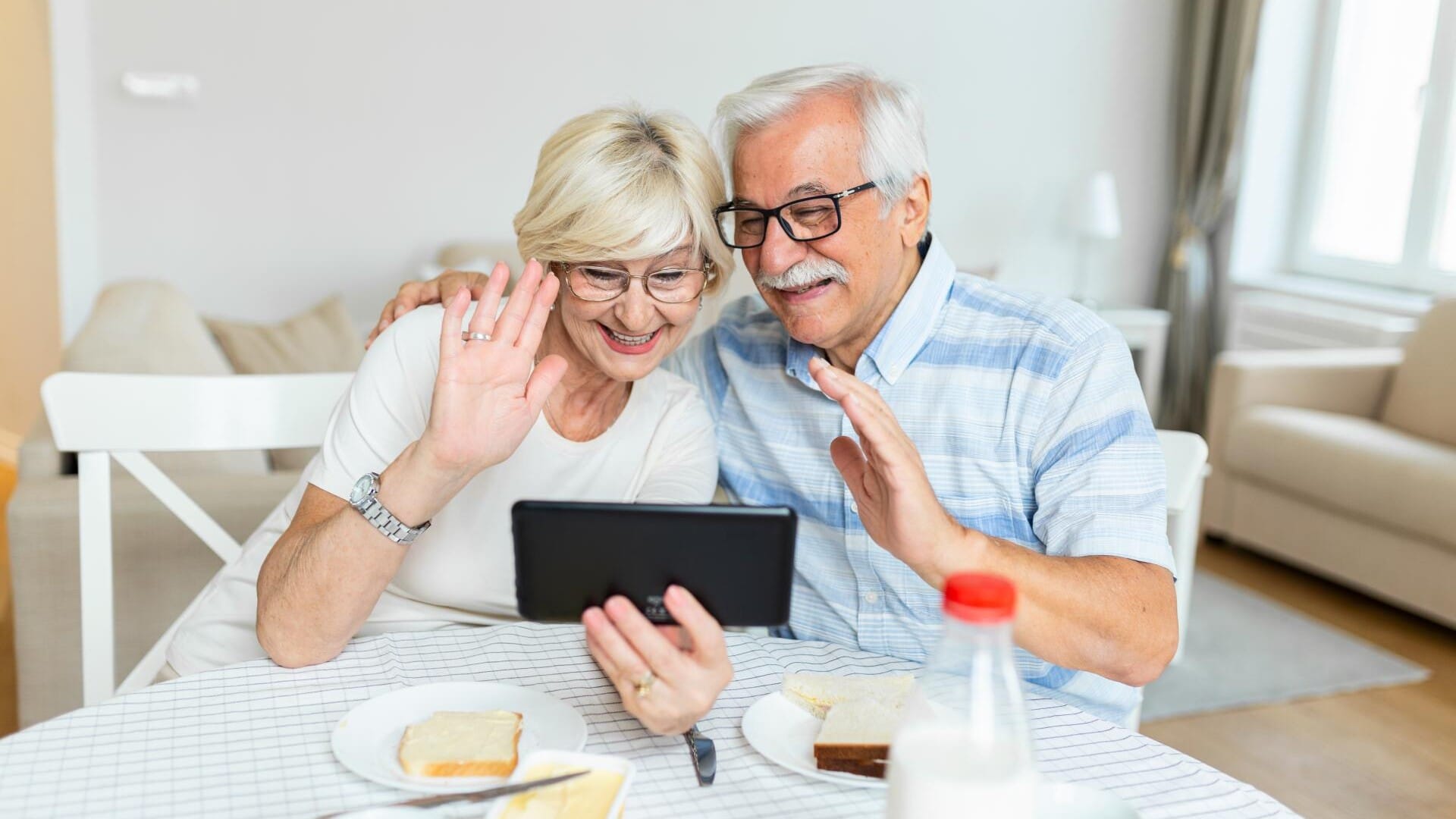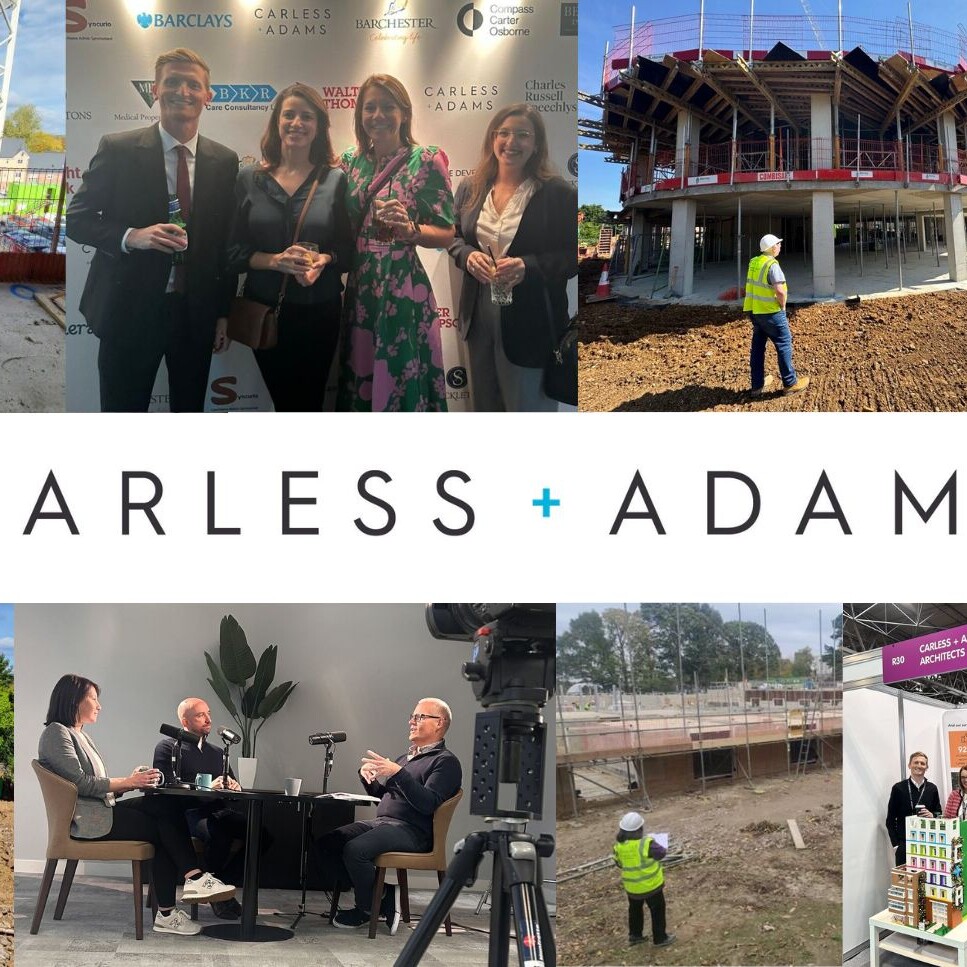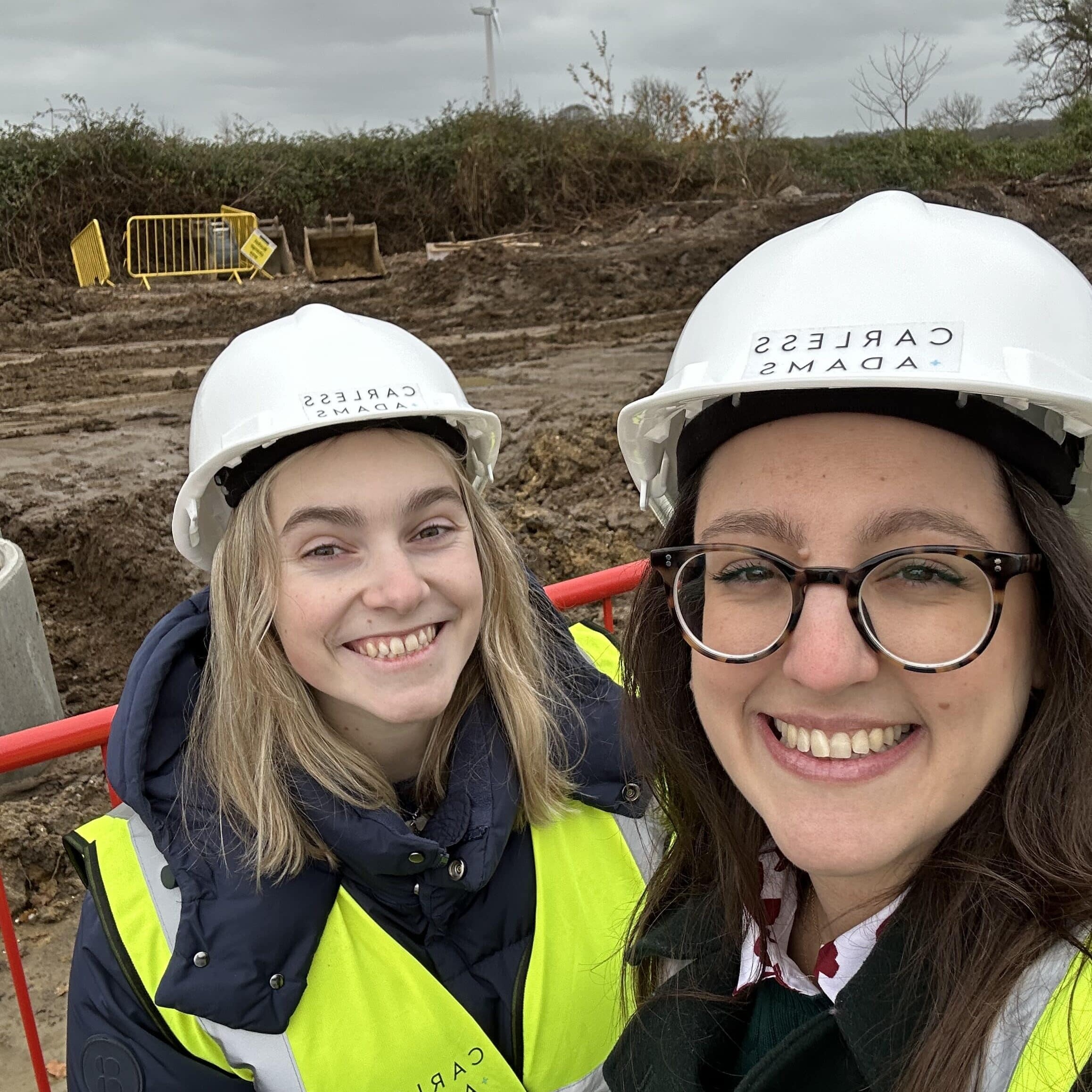As the saying goes ‘every cloud has a silver lining’ and whilst the last 12 months have been incredibly hard for everyone due to the lockdowns and implications from Covid-19, there have been some sparks of positivity appear and long may they stay. Residents of care homes have felt a huge impact from the pandemic as they were denied contact with family and friends, and loneliness and isolation became common feelings.
We have previously discussed the long-term benefits of intergenerational living and are excited that interaction across communities and age groups has been moved up the agenda with the impact of Covid-19. Connecting with one another has never been more important and it appears that the pandemic reminded us all of this.
As those working age people who could moved into home offices, dining rooms and kitchens to continue working through the pandemic, this switch often made them more familiar with their local environment, shopping in local outlets and supporting local initiatives. As vaccination roll out continues and restrictions are eased, we may see a switch to a hybrid style of working life, with a combination of working from home and the office, so hopefully this connection between communities will continue. This may manifest itself in guest speakers or companion visits to care homes and villages as people have recognised the benefits of connecting on mental and physical wellbeing whatever their age.
Connecting the young with the elderly has long reported benefits for both parties. Interactions have been proved to be beneficial in children’s development and for the elderly residents it reduces isolation. At Taunton School Nursery the children have been read stories by the residents of Abbeyfield Residential Home online virtually, enabling the elderly residents to interact with the young children. The benefits of such interaction are huge for both parties, and for those of us hearing about it, is heart warming.
Consideration in the design of spaces within care homes are essential to cater for virtual connections. Communal areas could benefit from large, visible screens and smaller breakout areas for groups to have more specialist activities such as art classes and book clubs could also have devices for video calls. Organised activities to help residents stay both physically mobile and mentally stimulated is even more important during such times. Outdoor areas and terraces could also have such capabilities to allow the residents to be outside when the weather is sufficiently warm enough and participate in activities online given by external members of the public. As with the initial wave of Coronavirus where care homes were split and residents bound to their rooms, the provision of technology in bedrooms would encourage residents to keep in touch with each other and reduce isolation.
Underpinning all of this is the provision of technology. We have previously discussed the move towards smart care homes and the benefits that it can bring to both residents and care workers. The quality provision of internet and WIFI is essential to all operations.
Let’s hope in the near future these interactions can occur in person again giving residents something to look forward too and brighten up their day. Long may we remember the importance we all placed on interaction with others when it was taken away. Here’s to the silver linings.


